Why is it nearly impossible to beat India in Home Test series since 2013
India thwarted the English challenge by 4-1 in the recently concluded Test series.
View : 8.8K
12 Min Read
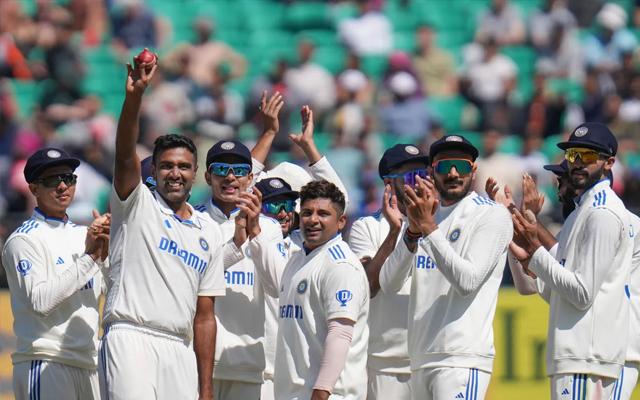

India just won its 17th consecutive home series by beating England by five wickets in the fourth Test of the series in Ranchi. They have just bettered their home domination with the latest win. Only the prime Australian team in the 1990s and the 2000s enjoyed home dominance like India. Even their home run was cut short in the period 2001-2004 due to the absence of the bowling duo of Shane Warne and Glenn McGrath in some of the key series.
India, however, has won many Test matches and series without some of the key players in their lineup like Virat Kohli, Jasprit Bumrah, Ravindra Jadeja, Cheteshwar Pujara, Kuldeep Yadav, Rishabh Pant, Mohammed Shami, Umesh Yadav, and KL Rahul. It just shows that India can pull off series wins at home against the best teams in the world no matter who plays against them, no matter who plays for them.
However, if things were that simple, every home side would have sheer dominance. Right? But no team has dominated at home like India in the history of Test cricket and more so in recent times. New Zealand, for a brief period in 2017 to 2021, enjoyed a good home record. But other than that, not many teams, even some of the best teams, have been able to claim their home conditions as ‘fortress’.
The fact that India has been able to do it for 11 years and is still months away from playing their next series makes their domination seem staggering. At this point, winning a one-off Test match in India is considered an achievement in itself. In fact, only two teams - Australia and England, have won Test matches in India since March 2013. And if one thinks that even winning a Test in India is an easy task, one could not be more wrong.
Also read: Ravichandran Ashwin highlights England’s biggest mistake in humbling series defeat
England has been able to win only two Test matches in India since March 2013. Australia has been able to win only two Test matches in India in the period as well. As a matter of fact, Australia was ‘clean swept’ by India in 2013. England lost the 2016 series 0-4 and managed a solitary draw. Other major teams like South Africa and New Zealand have only been able to eke out draws. In fact, even pulling off draws is an incredible achievement in India.
Drawing a series in India is a tough task. Winning it is considered to be a near-impossible task for many visiting sides. No team has been able to even draw a series in India since March 2013. India has beaten every team that has toured their lands quite handsomely. There are a lot of factors that contribute to India’s insane home domination. Time to look at them -
Bowlers win Test matches, Indian bowlers win them series
It is not a secret that the bowlers win you the Test matches and eventually the series. India adopted this mindset for a long time. In fact, one of their former coaches, Ravi Shastri, had insisted their bowlers take ten wickets in an innings every time they stepped out to the middle irrespective of the nature of the pitch. The bowlers have been able to take ten wickets from the opponents almost every time.
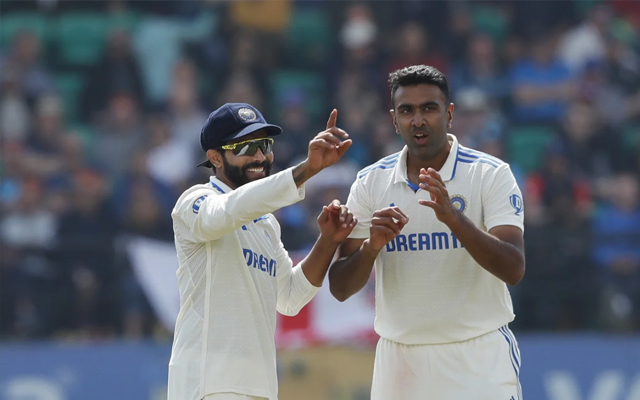
More importantly, the Indian bowlers have been able to claim wickets at a rate no team at home manages to. Since March 2013, Indian bowlers have taken wickets in every 51 balls (or less) on average. Among the top 10 Indian bowlers in the period, that's a fact taken for granted. Only Ishant Sharma in the period has slightly questionable numbers. One would be awestruck by the numbers of Indian bowlers at home in the last 11 years.
Take a look at their numbers -
|
Player |
Innings |
Wickets |
Bowl Average |
Bowl SR |
|
Ravichandran Ashwin |
95 |
288 |
20.41 |
45.42 |
|
Ravindra Jadeja |
81 |
203 |
20.41 |
51.20 |
|
Umesh Yadav |
54 |
83 |
25.60 |
49.11 |
|
Mohammed Shami |
42 |
76 |
22.09 |
42.62 |
|
Ishant Sharma |
43 |
49 |
28.96 |
64.71 |
|
Axar Patel |
23 |
47 |
18.66 |
44.79 |
|
Jasprit Bumrah |
13 |
31 |
14.55 |
32.10 |
|
Kuldeep Yadav |
14 |
28 |
23.29 |
41.00 |
|
Bhuvneshwar Kumar |
20 |
27 |
24.30 |
49.22 |
|
Pragyan Ojha |
8 |
18 |
23.11 |
50.83 |
India has two key weapons at home - Ravichandran Ashwin and Ravindra Jadeja. Day in and day out, every Test match, every Test series, every season, every year, they turn out and produce masterclass with the ball. At this point, both of them have more than 200 wickets at an average of just 20.41, which is insane. For most batters, going past this bowling duo is an achievement in itself.
Even if they manage to do so, they have to deal with the third spinner in either Axar Patel or Kuldeep Yadav. Both of them, in fact, have better numbers than Ashwin and Jadeja in the little sample size. Just due to the experience of the former, the latter have not played as many matches at the highest level. In fact, Kuldeep Yadav, despite being arguably the best spinner across formats since his debut, has only played a handful of Test matches.
In no other team would a player of Kuldeep's class would have played as few matches. If one thinks they could still get past the spin trio, the pacers would be waiting for them to rip apart, particularly with the old ball where they have the weapon of reverse swing and seam. While many pacers who come to India fail, India has a pace bowling attack which has been as good as their spin attack in the last 4-5 years. It only makes the life of the batters difficult.
Nature of wickets
Indian pitches are slow by nature and spin a lot. Only the Asian teams like Bangladesh, Afghanistan, Sri Lanka, and Pakistan are used to such conditions. The teams like the West Indies, Australia, England, South Africa, and New Zealand have pitches that have seam, bounce, or swing on offer. By nature, Indian wickets are totally different to those who tour them, coming from outside the continent.
Teams like England and Australia are the best teams to have challenged India in the past. However, even they have a tough time adapting to the spinning conditions in India, more so in the last few years. Since 2021, India has prepared rank turners which are extremely difficult for the visiting teams to survive. Most of the matches in India in the period have lasted three to four days.
India can roll out any type of wicket; they can prepare spin friendly wickets on the red top or the black top wickets. Wickets like Mumbai and Ahmedabad have red top soils. In fact, Ahmedabad has seven different types of wickets. In other parts of the country, like those in Dharamshala, Indore, and Kolkata, India has had wickets that have been pace-friendly in the last few years. There are also flat wickets if required.
India has what it takes to win on all types of surfaces. They can prepare the type of wickets they want. For instance, when Bangladesh toured them in 2019, the wickets were designed in such a way that the pacers had their say. Indian pacers outbowled Bangladesh in the series. When Australia toured in 2023, the wickets were spin-friendly. Even in such wickets, Indian pacers (and spinners) turned up and outbowled their Australian counterparts.
Contribution from the batters
Batting forms the biggest entity in a Test match along with the bowling. India has had some of the greatest batters in modern times like Virat Kohli, Rohit Sharma, and Cheteshwar Pujara. These batters are capable of scoring runs on all types of wickets. Particularly at home, they bat at a notch higher. Along with them, India has players who step up and conquer the opponents at home in style.
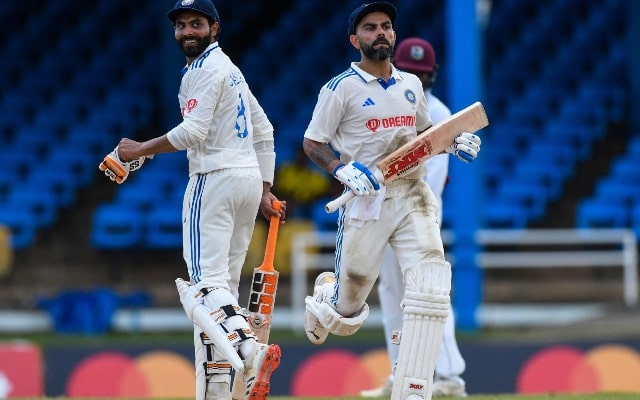
The likes of Mayank Agarwal, Rishabh Pant, Axar Patel, and Yashasvi Jaiswal have been able to do so. Their batting, as a unit, is much better than their opponents who visit them. They can post daunting totals on flat wickets and post above-par scores on rank turners to bat the opposition out of the game. A quick look at their numbers in the last 11 years would give an idea of how good they have been.
Have a look at their numbers -
|
Player |
Innings |
Runs |
Bat Average |
|
Virat Kohli |
64 |
3522 |
60.72 |
|
Cheteshwar Pujara |
66 |
3053 |
49.24 |
|
Rohit Sharma |
44 |
2299 |
60.50 |
|
Murali Vijay |
39 |
1861 |
48.97 |
|
Ravindra Jadeja |
57 |
1781 |
41.42 |
|
Ajinkya Rahane |
50 |
1644 |
35.74 |
|
Ravichandran Ashwin |
60 |
1388 |
23.93 |
|
KL Rahul |
27 |
1031 |
41.24 |
|
Mayank Agarwal |
13 |
898 |
69.08 |
|
Shubman Gill |
22 |
769 |
37.95 |
|
Wriddhiman Saha |
32 |
744 |
32.35 |
|
Shikhar Dhawan |
17 |
710 |
44.38 |
|
Yashasvi Jaiswal |
8 |
655 |
93.57 |
|
Rishabh Pant |
11 |
639 |
63.90 |
|
Axar Patel |
19 |
594 |
39.60 |
Virat Kohli and Rohit Sharma, two of their best batters, average over 60 in the last 11 years at home. Both of them have scored runs on different types of wickets. They also have had Cheteshwar Pujara who was the second-highest run scorer in the period at an average of 49. He averaged in the 60s till 2019 when he was at his best. There was Murali Vijay, who opened for India and averaged close to 49. KL Rahul averages 41 with the bat, playing in different positions.
In the lower middle order, India has had some very good contributors. Their WK batters contribute to the wins a lot. From Wriddhiman Saha to Rishabh Pant and Dhruv Jurel being the latest, their wicketkeepers have been able to win matches with the bat. India additionally has the Ravindra Jadeja factor. He averages 41 with the bat and has a bowling average of 20. These are astonishing numbers.
Even the lower-order batters from India are not pushovers. Ravichandran Ashwin has won matches with his batting coming in at 8. Axar Patel has the capability to win matches coming in at 9. If the bowlers think that they could get rid of the top-order batters and have a crack at the lower order, they could not be more wrong. These batters have saved India from collapses in recent times. India, as a batting unit, is hard to be dismantled cheaply for two times in the same Test match.
Robust Domestic structure
After India won the ODI World Cup 2011, there was huge attention to the sport in India. The fans started following more often than they already were. The satellite rights skyrocketed and the BCCI became richer. It led to the board investing in the domestic structure and the quality of stadiums and infrastructure. Even without them, India used to produce world-class players. But with them, India produced players to remember for.
India has a total of 38 teams in the Ranji Trophy, their first-class domestic tournament. Till the 1990s, most of the players for India emerged mostly from four Test centres like Mumbai, Delhi, Karnataka, and Gujarat. But a change was brought in the following years when cricket entered the small towns and the villages. It truly became a household name with the economic boom.
In the current scenario, the Indian players are selected from 38 teams. They used to be considered as zones in the past. But the sheer presence of talent meant that the number of teams had to be increased. From thousands and lakhs of talented cricketers across the country, getting into a Ranji team itself is a mammoth feat. With every passing year, it only gets more difficult. The structure of Indian domestic cricket has changed for good in the last few years.
In the 2017-18 and 2018-19 seasons, the plate and elite groups were segregated in such a way that the top-tier teams got to compete more against each other. The groups are formed based on the performances of the team in a season. For example, if a team in the plate groups does well in the current season, they get a chance to be grouped among elite teams in the following season. Such steps have been able to reform domestic structure more than they initially were.
The players who perform the best in such a compact tournament which tests the skills, temperament, and performances of the players get a chance to be considered by the selectors to represent India A in the home and away tours. Those who impress the selectors and the management make it to the Indian team. So by the time the players make this international debut, it is almost taken that they are ‘ready’ to conquer the world.
Terrific contribution from the All Rounders
All Rounders form a crucial part of a team. And when you have players like Ravindra Jadeja and Ravichandran Ashwin, who can win matches on their own with the bat and with the ball, you are basically playing against 13 players. Ravindra Jadeja, for a lower middle order batter, averages 41 with the bat. The average shoots up to 50 since 2018, which is insane, to say the least.
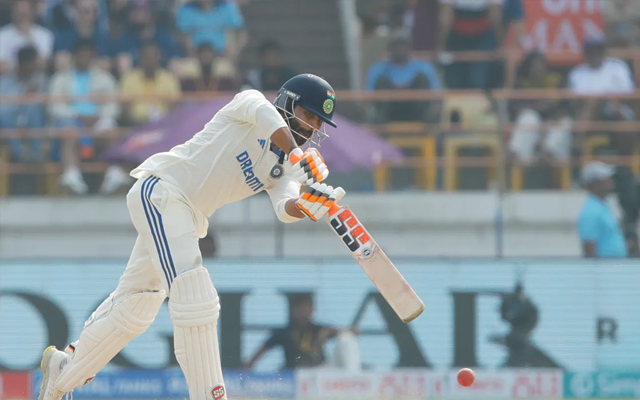
With the ball, the star all-rounder averages 20.41 at home. The numbers speak for themselves. But it's the impact Jadeja brings to the table that separates him from the rest. He is now the number one ranked all-rounder in Tests by a fair margin, which seems to be going beyond everyone's reach. Jadeja as a fielder can take blinders that can change the complexion of a match.
At the other end, India had Ashwin, who averages 23 with the bat and 20 with the ball, which is great for a number 8. He can play knocks that can be decisive on wickets that are not easy to bat on. India has also found Axar Patel, who has been brilliant for them as an all-rounder. Since 2021, Axar has averaged 39.60 as a batter and 18.66 as a bowler. Even as a fielder, the Southpaw is mobile.
In the last three years, the trio has played a key role in many wins for India. A team that can have one all-rounder like Axar can be considered as fortunate. A team that can have two great all-rounders like Ashwin and Jadeja can be considered as terrific. But when a team like India possess three all-rounders like them and still have Washington Sundar on the bench and Hardik Pandya not in the scheme of things it gives them the power to be reckoned with.
Team balance
The Indian team is highly balanced. Rohit Sharma and Yashasvi Jaiswal at the top in current times form a deadly aggressive pair. Before the duo, India had several openers like Murali Vijay, KL Rahul, Shikhar Dhawan, Prithvi Shaw, and Mayank Agarwal, who have all played key roles in many wins. Most of them are aggressive by nature and take the attack on the opposition right from the word go.
In the middle order, India has had the class of Cheteshwar Pujara, Virat Kohli, and Ajinkya Rahane. Three of them have defined their era as some of the best batters in the world. To follow them are the lower middle-order batters like Ravindra Jadeja, Rishabh Pant, Shreyas Iyer, Wriddhiman Saha, Ravichandran Ashwin, and Axar Patel. All of them can bat and bat well. Even the latest additions like Dhruv Jurel and Sarfaraz Khan have proven their abilities.
India additionally has KL Rahul and Shubman Gill who are on their way to establishing themselves in the team. As a matter of fact, India's batting does not end at 7 and goes down to 8 and 9, where Ashwin and Axar can add some runs. If India include a pacer like Umesh Yadav or a spinner like Kuldeep, even they can bat in their own way. That's a lot of batting to face.
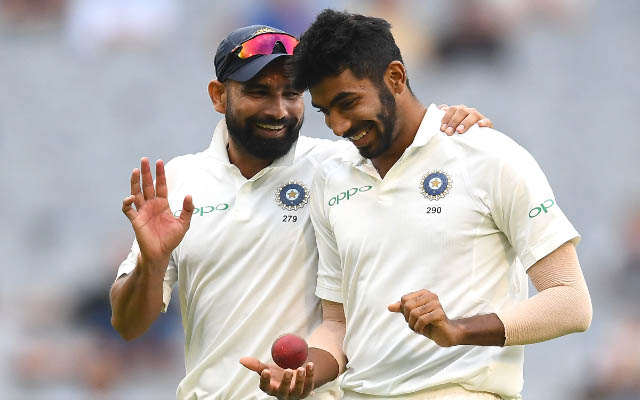
With the ball, India has pacers who claim wickets with the new ball due to their seam and swing in some cases. With the old ball, they are as effective as the spinners, given the seam and the reverse swing. Their bowling is so good that a world-class player like Jasprit Bumrah is rested as per the convenience. Their spin bowling is on another level, especially at home. Jadeja, Ashwin, Axar, and Kuldeep can all win matches on their own in a matter of a session.
Their WK batters do not just keep wickets but also contribute with the bat. Wriddhiman Saha was an able replacement for MS Dhoni and went under the radar in the second half of the 2010s. The player who replaced him, Rishabh Pant, has redefined batsmanship and is safe as a keeper. In his absence, Jurel has shown promises. The entire unit comes together to create the perfect balance possible.
Hunger to dominate at home and in Tests in general
This dates back to the 2000s when India suffered a shocking fixing scandal. Following the incident, a lot of things changed. Sourav Ganguly took over as the Indian skipper and made them a side to count on. The legacy was passed on to MS Dhoni who passed it on to Virat Kohli. Under the 35-year-old, India scaled heights that were considered to be distant dreams in the past.
India became the world's number one side and remained so for a long time. For the first time in over 20 years, India won a Test series in Sri Lanka. For the first time in their history, India won a Test series in Australia in 2018/19. While many dismissed it claiming the absence of Steve Smith and David Warner, India replied by winning the Border Gavaskar Trophy 2020/21 in Australia with many inexperienced players.
At home, India is unbeaten in a series. The legacy has been passed on from Virat Kohli to Rohit Sharma. India continued to thrive at home. Behind the success of India, there is a hidden hunger to dominate the world, to be the best team in the world, to win the Test series away from home, and to dominate home conditions like never before. It does not have to do with a certain individual.
Every player, for themselves, thinks to be a warrior. For instance, relatively calmer personalities like Ravichandran Ashwin and Hanuma Vihari pulled off a memorable draw in Sydney 2021 despite copping blows and suffering injuries. The players have the nerves of steel inside them. It is their sheer skill, temperament, and the will to succeed, that makes them what they are. It is the same reason behind India's home dominance, above everything.
Download Our App